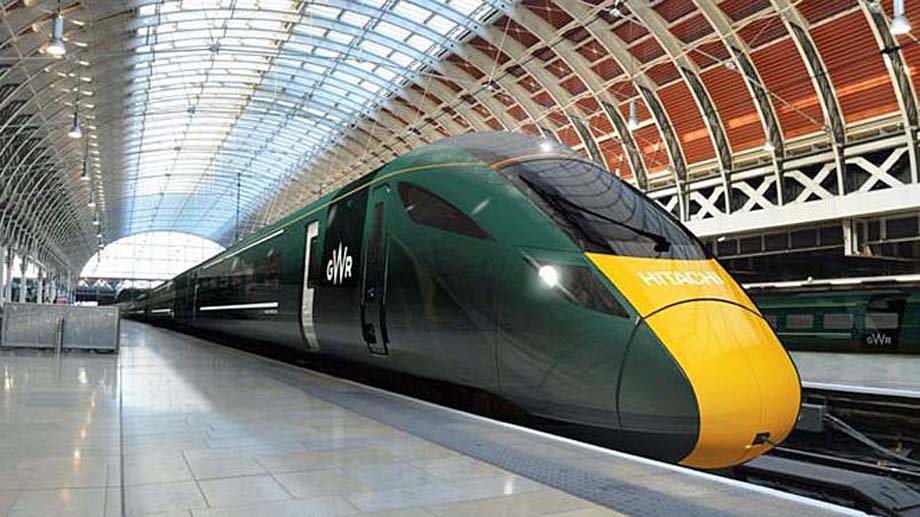The electrification of some routes in the south of England is running up to four years late, Network Rail has said.
The rail infrastructure owner, which has estimated its project could cost £2.8 billion, is carrying out the work on the Great Western railway line.
It was originally due to be finished by 2018, with most diesel trains replaced.
However, some routes due to be completed before then will not be ready until 2020, resulting in new trains sitting in sidings.
Under the original plan Reading to Didcot should have already been completed, with Oxford and Bristol next in 2016.
But because work has fallen behind, Didcot is expected to be two years late in 2017, and Newbury and Oxford three years late in 2018 and 2019, respectively.
Bristol Temple Meads will not see electric trains until 2020, and the East West rail link from Oxford to Bletchley is delayed until the early 2020s.
Dreadful News
Julian Burnell, from Network Rail, called it a "very large and complicated project which involves a vast number of variables across a very large area of the country. We're in a much better position to define exactly when we'll be able to complete the work."
Dan Panes, from Great Western Railway, said, "It's not good news today but what we've got to do is make sure that we deliver those improvements."
Christopher Irwin, from passenger Group Travel Watch Southwest, said the news was "dreadful".
He added, "We've got to have trains, electric, diesel, or whatever. We need more trains and more seats."
Network Rail's chief executive Mark Carne told MPs in October the estimate for the project had been £874 million in January 2013 and £1.5 billion in September 2014.
He said because of "inadequate planning" it could now reach £2.8 billion.
Author unknown.
 On a visit to England during September 2019 most Class 800 trains seen running under catenary were powered by diesel, not the overhead, for no apparent reason.
On a visit to England during September 2019 most Class 800 trains seen running under catenary were powered by diesel, not the overhead, for no apparent reason.
(likely no image with original article)
(usually because it's been seen before)
(the image is altered or fake)
provisions in Section 29 of the
Canadian Copyright Modernization Act.




